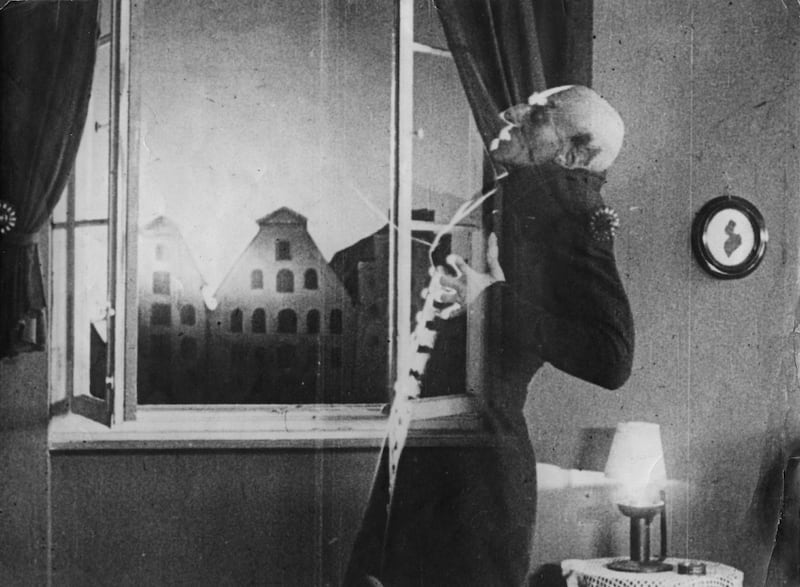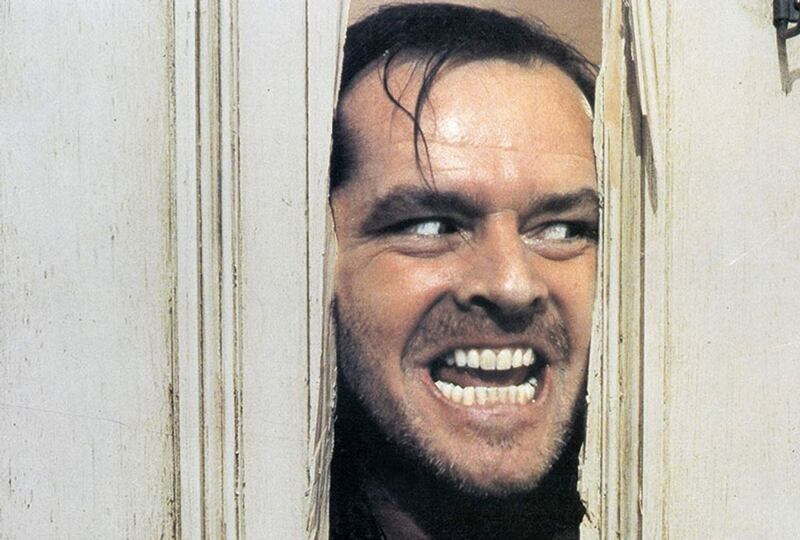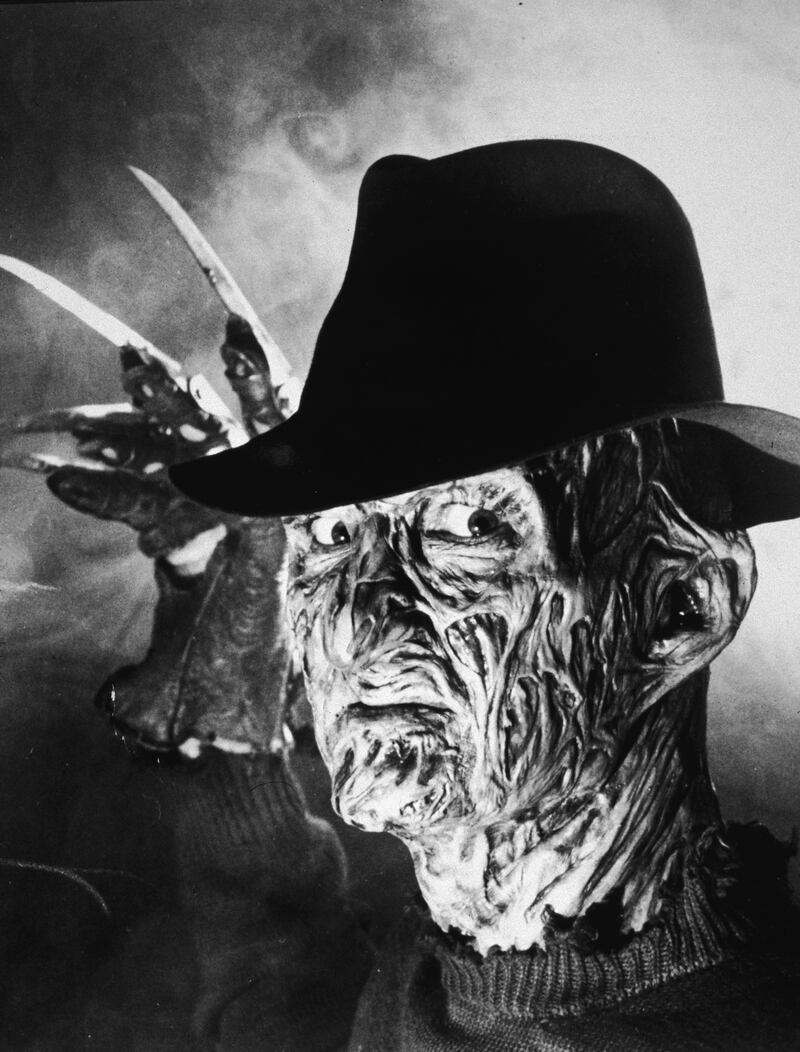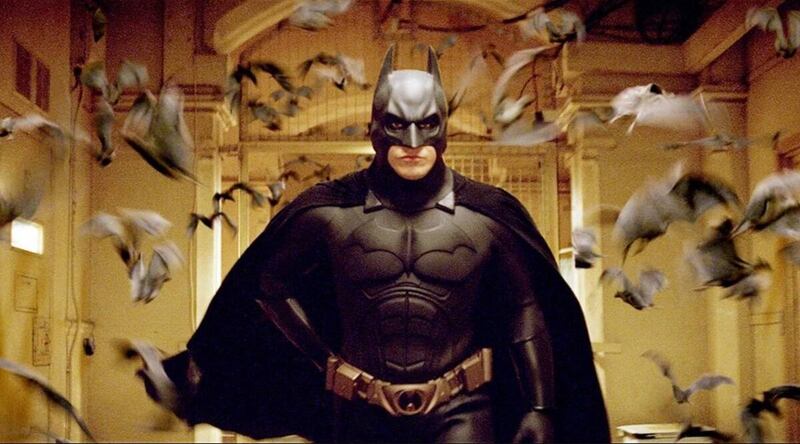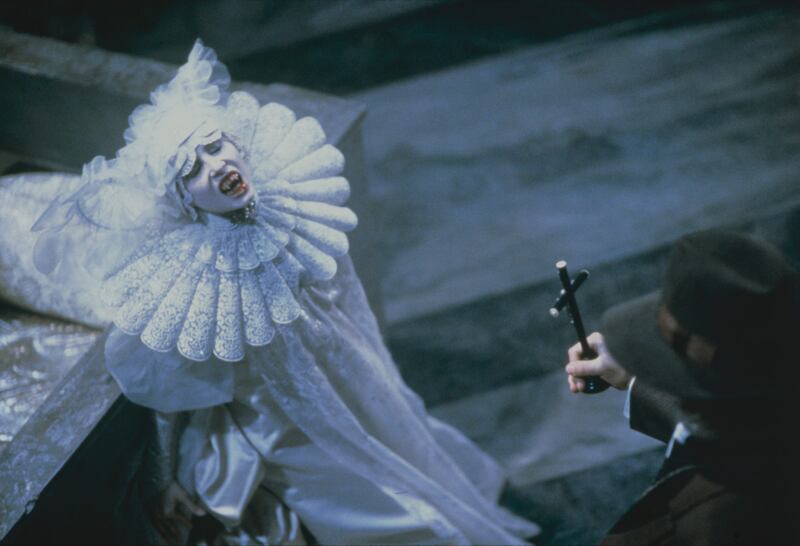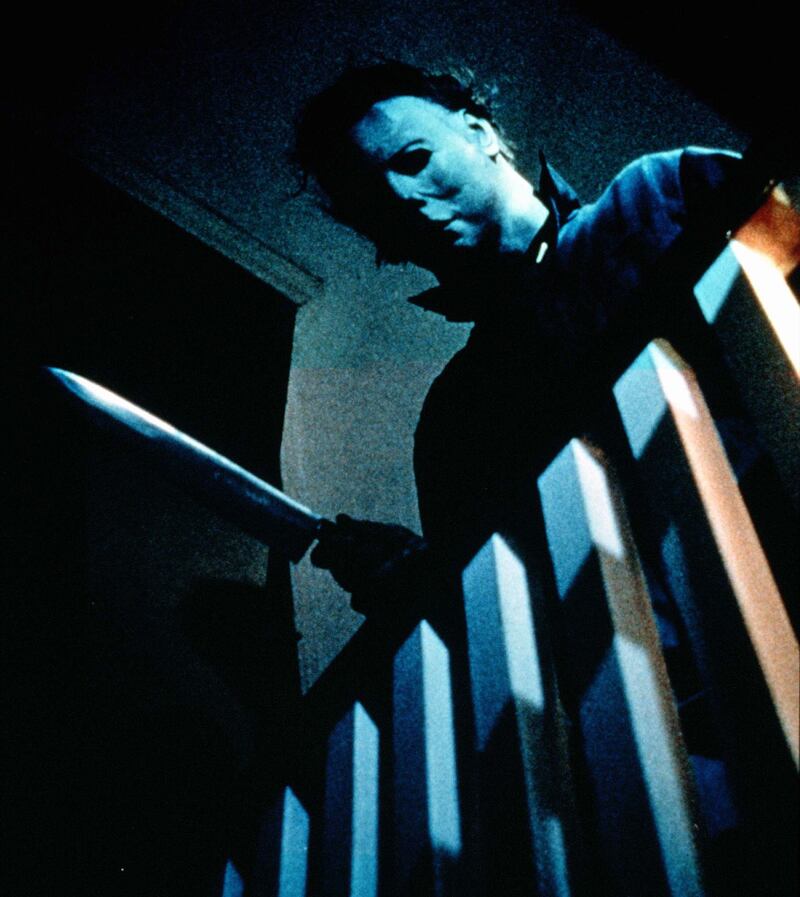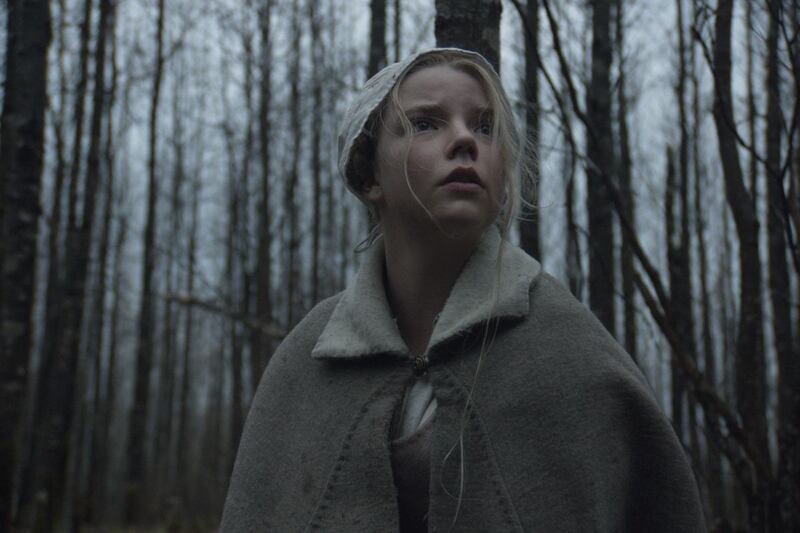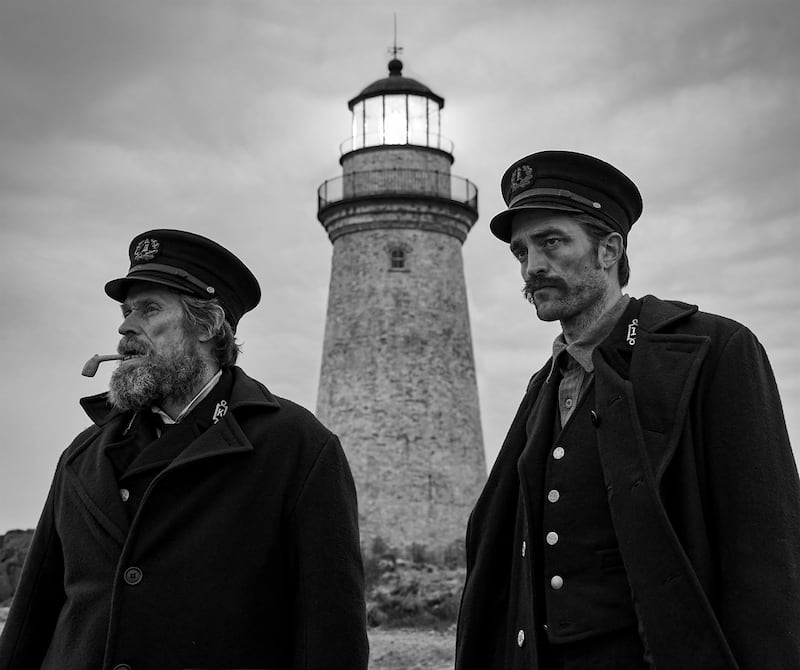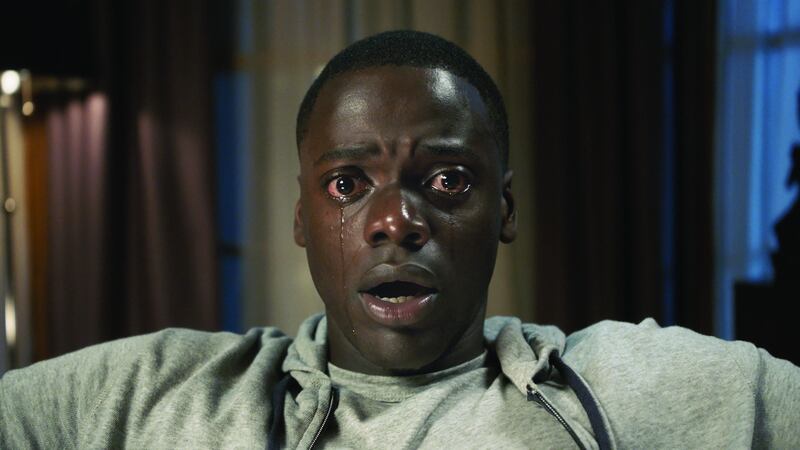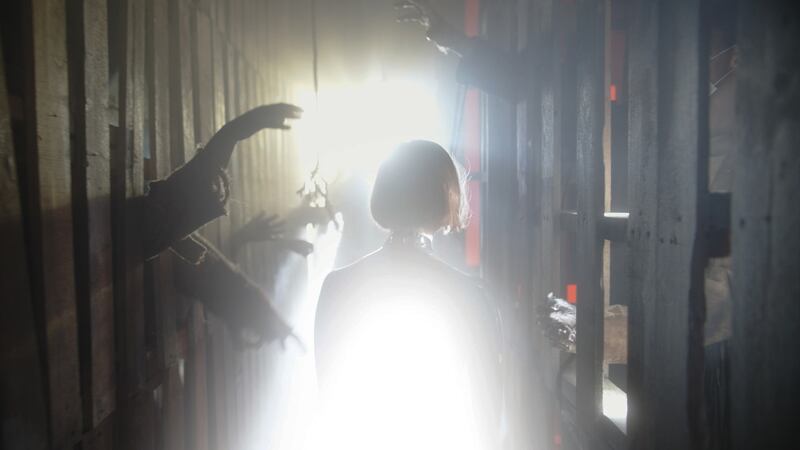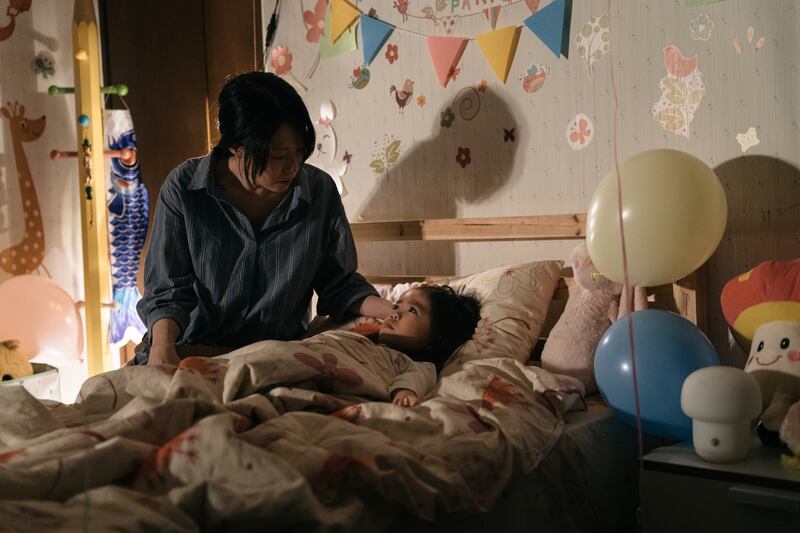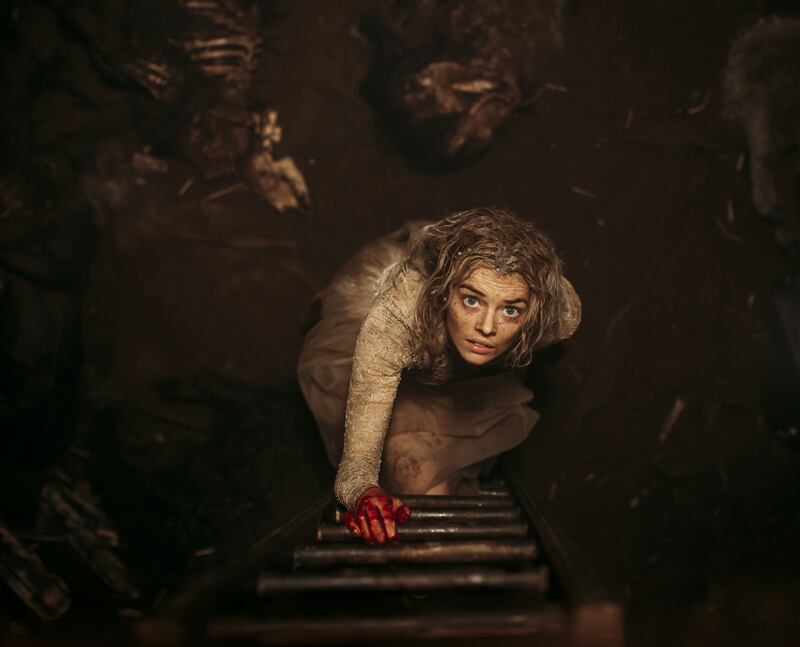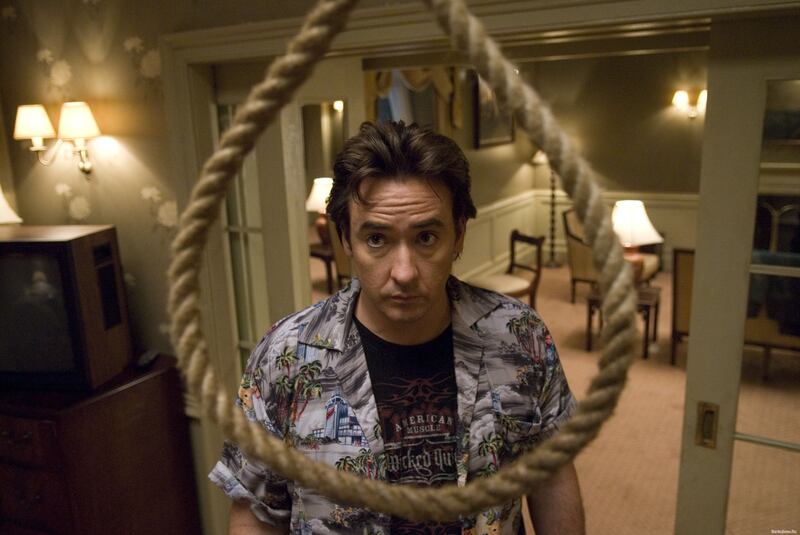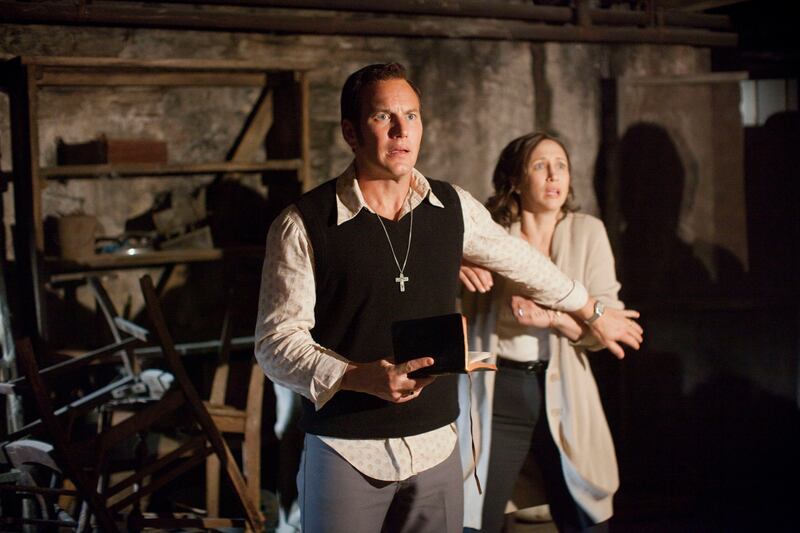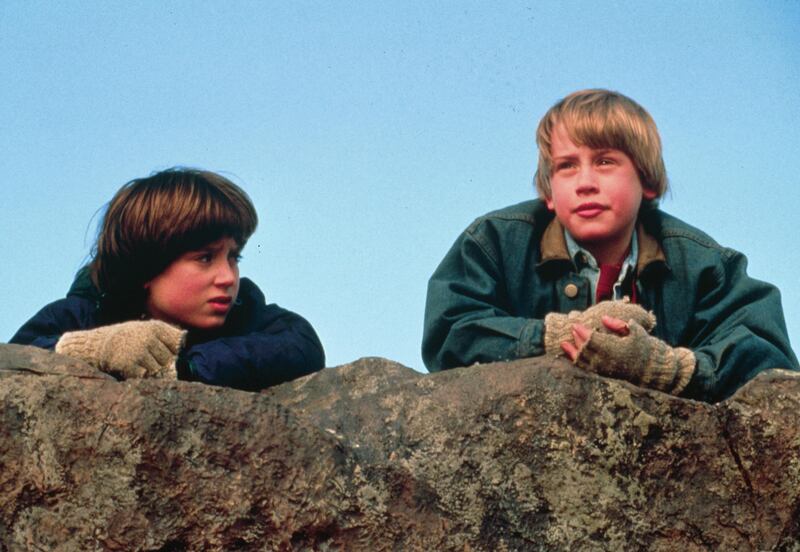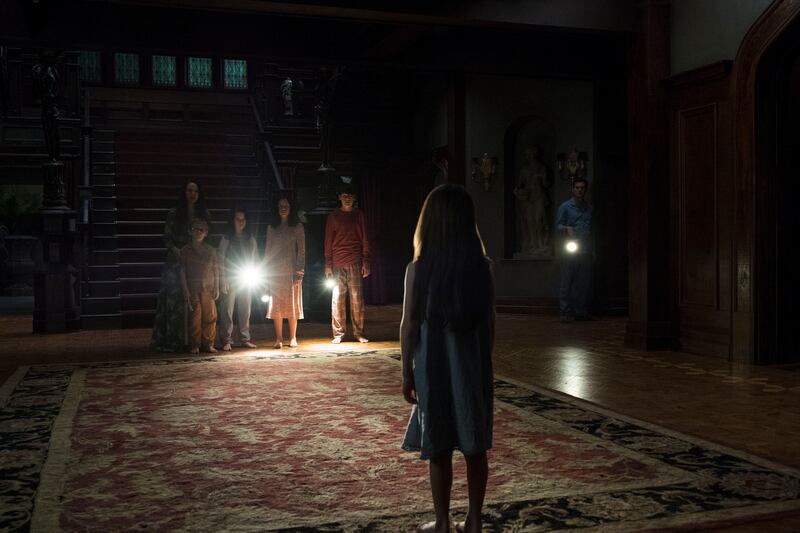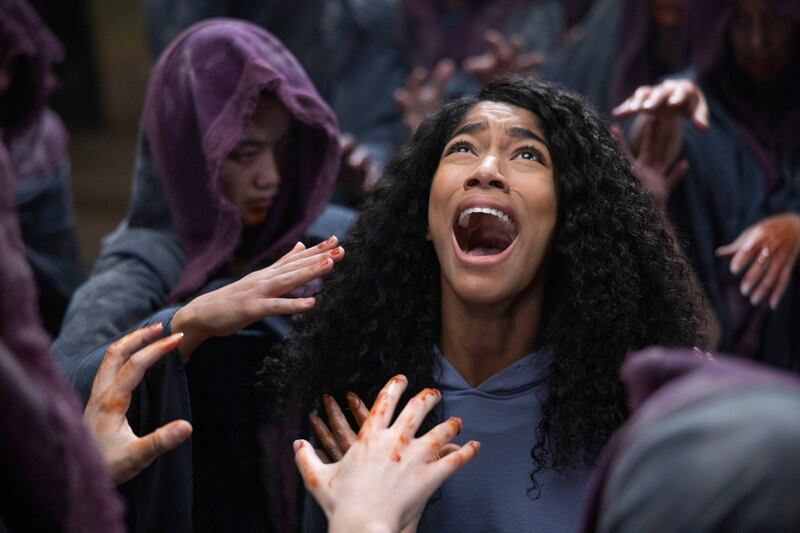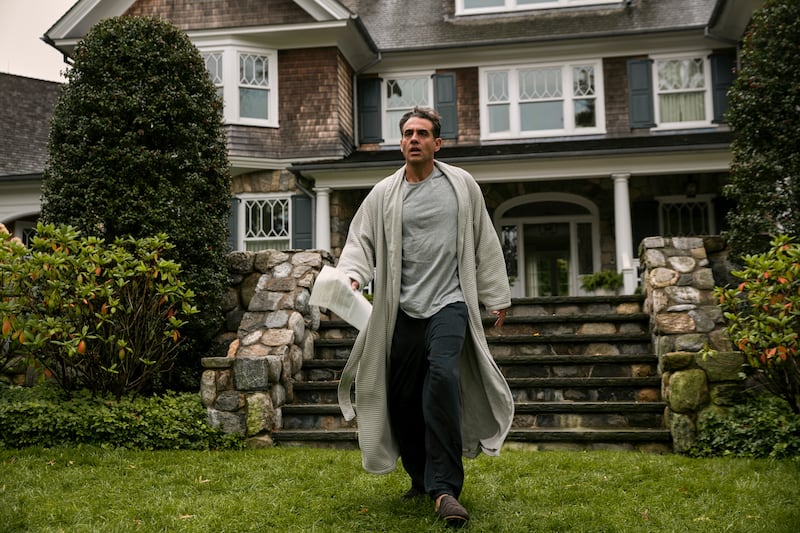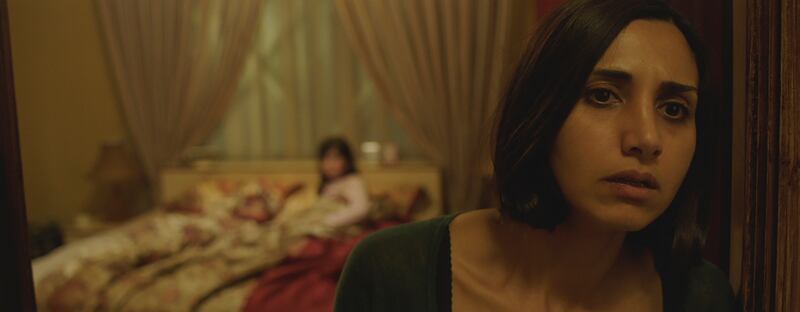With Halloween on the horizon, many film fans’ thoughts will be turning to their choice of spooky viewing. On that playlist should be F W Murnau’s classic of German Expressionist filmmaking Nosferatu: A Symphony of Horror, which celebrates its 100th birthday this year.
The film’s influence can hardly be overstated. It wasn’t the first horror film. In fact it wasn’t even the first vampire film, with the now-lost Hungarian trailblazer Dracula’s Death released a year previously in 1921. Few films can claim to have achieved such esteemed status though, with Murnau’s striking aesthetic and creepy atmosphere laying down a template that survives to this day as the gold standard for successful horror filmmaking.
But we shouldn’t give all the credit for the film’s longevity to Murnau. The film’s lead, Max Schreck, deserves a slice of the pie, too. His gaunt face, otherworldly features and remarkable ability to simultaneously convey both the terrifying and pitiful nature of Count Orlok (Bram Stoker’s widow refused to grant Murnau the rights to use the name Dracula, although the film was based on the novel), even in a silent film, create an unforgettable anti-hero who has influenced portrayals of vampires ever since.
From Bela Lugosi’s take on Dracula in numerous Universal horrors of the 1930s, ‘40s and ‘50s to Gary Oldman’s charming-yet-beastly count in Francis Ford Coppola’s 1992 Dracula, there’s a straight line that can be drawn to Schreck’s tormented villain. Even Christopher Nolan’s Batman, struggling with the duality of being a saviour to the people, and a cold-hearted vigilante, can trace his origins back to Orlok and the conflict he faced as would-be romantic lead and hideous unearthly monster.
It’s perhaps telling that on hearing Schreck’s name, most people with even a passing interest in movies would probably reference Nosferatu, although all but the most ardent cinephiles would struggle to name a single other film in which he appeared, despite his working extensively with Bertolt Brecht, and even teaming up with Murnau again in 1924’s The Grand Duke’s Finances.
Murnau’s masterful directing is the true star of the show, however. Expressionism was by definition a visual movement, and as such ideally suited to the nascent cinematic art. Murnau understood this in a way that no one before him truly had, and many since have tried to.
His decision to film Nosferatu on location, rather than in a studio as with contemporary classics such as The Cabinet of Dr Caligari, was crucial here. The historic buildings of Lubeck in northern Germany, and the rolling hills and mountains of Slovakia, become characters in the film in a way that no studio set could hope to achieve, with Orlok’s crumbling castle home imparting just as much impending doom as Schreck’s freakish features.
Murnau’s use of light and shadow to create atmosphere was also boundary breaking at the time, and a technique that remains a staple of the modern horror genre, whether we’re watching teenage girls fleeing through darkened corridors in countless scream queen movies — a genre which reached its peak in the 1970s with the likes of Texas Chainsaw Massacre and Halloween, and persists to this day, as with Billie Lourd in the self-aware 2015-2016 series Scream Queens — or Sigourney Weaver’s Ripley stalking her alien prey in deepest, darkest space.
Indeed, Murnau’s film laid down numerous tropes that remain central to the entire horror genre. The outsider entering a lively inn that swiftly falls silent as the newcomer reveals their planned destination; the vampire disintegrating in the first rays of dawn sunshine; the heroine swooning into her lover’s arms as she draws her last breath; and the importance of that one, crucial, unforgettable image that will ensure your film lives on eternally.
In Nosferatu, although there are a couple of candidates, we’re looking at the shadow of the beastly Orlok climbing the stairs. Other such images forever seared into our brains include Johnny’s psychotic face peeking through the door in The Shining, Michael Myers, masked up and knife held aloft in Halloween, and Freddy Krueger grinning in his trademark striped jumper, lethal nails poised.
It’s surely no coincidence that Robert Eggers, the current darling of the art-house horror scene and now a big-budget Hollywood golden boy, has announced that his next project will be a remake of Murnau’s century-old classic.
Even Eggers though, whose films The Witch and The Lighthouse represent some of the finest examples of the genre in recent times, will have to pull out all the stops to deliver a film anywhere near as influential as Murnau’s.

